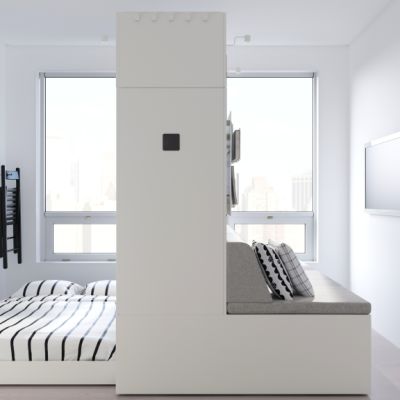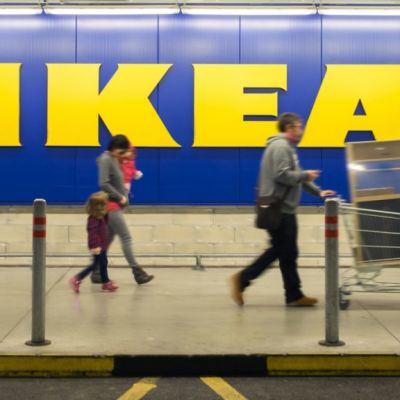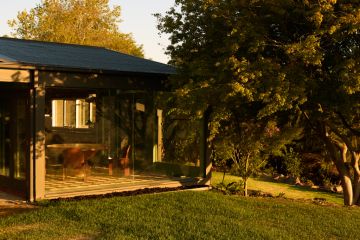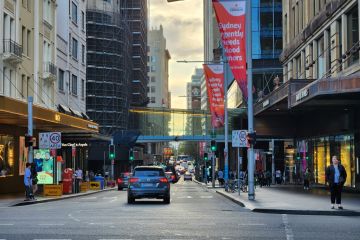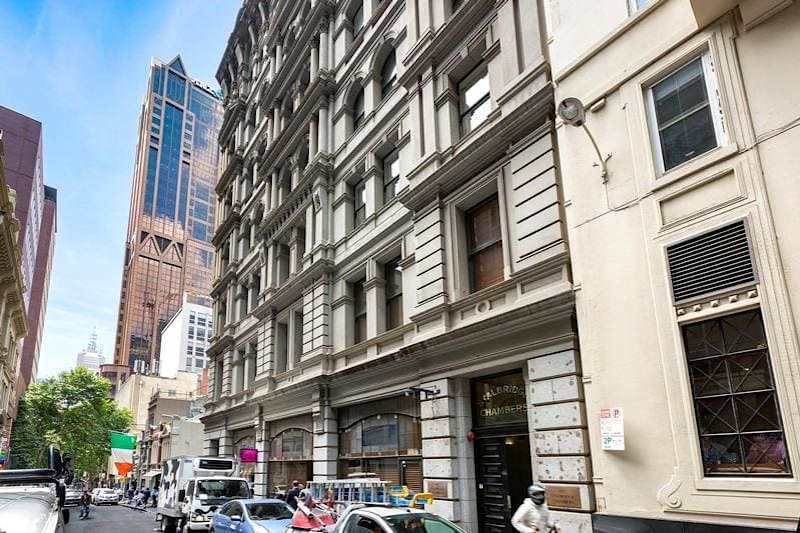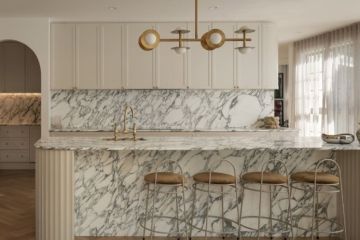Grey is out, colour is in: Here's what to expect from Ikea in the next few years
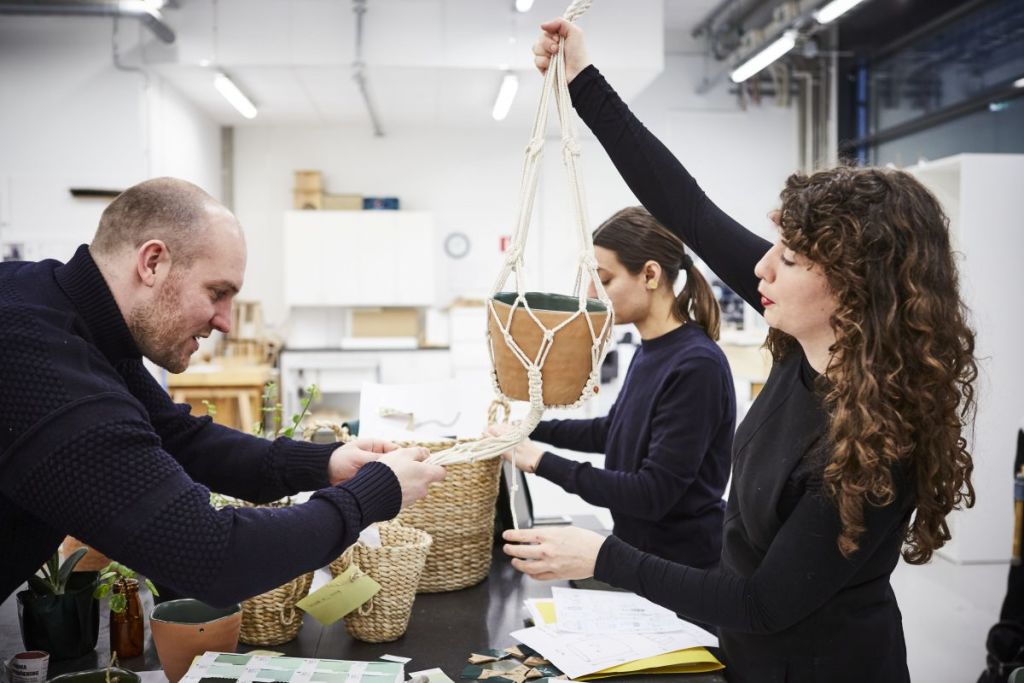
Grey is out, colour is in and we are set to see more greenery, natural fibres and low value materials in our homes in the months and years ahead.
That’s according to Maria O’Brian, a creative leader at Ikea who looks after the Swedish design giant’s colour and material direction, as well as multiple homewares collections.
“I create the frameworks, the mood boards, for all the designers and product developers to work with and feed into – the starting point of where Ikea should head in the next two to three years,” Ms O’Brian told Domain at Ikea’s annual Democratic Design Days event.
While she could only reveal limited details, Ms O’Brian said Ikea’s upcoming ranges would be about personalisation and give people the opportunity to show up individual tones.
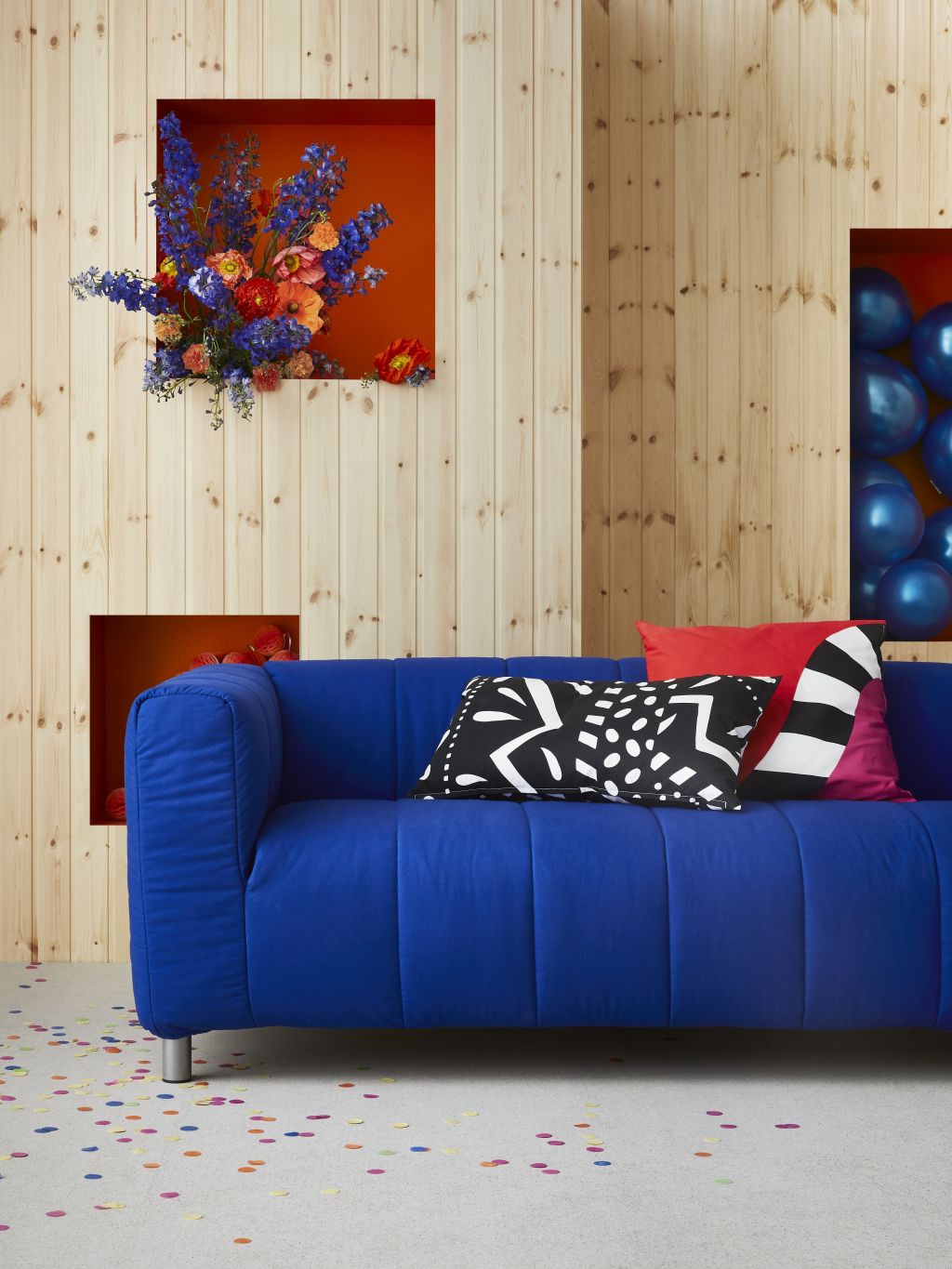
“We’re working a lot with low value materials, plywood … paper, cardboard, all of those materials we might not have been paying the most respect to, we’re trying to lift them up and show off that they can be beautiful and gorgeous materials too,” she said.
“We’re also mixing bright colours with dirtier colours, like khaki with a bright pink, kind of making like a Lego box of a colour palette more sophisticated by mixing in these dirtier colours.
“People are still interested in bright colours but you don’t want to look like a child … it is something you see in fashion and is, of course, translatable into homes.”
She said purple, which had been a difficult colour for her, was likely to be an accent which would start popping up in interiors.
Ikea also announced this week that it would be collaborating with British designer Zandra Rhodes to explore pattern and colour.
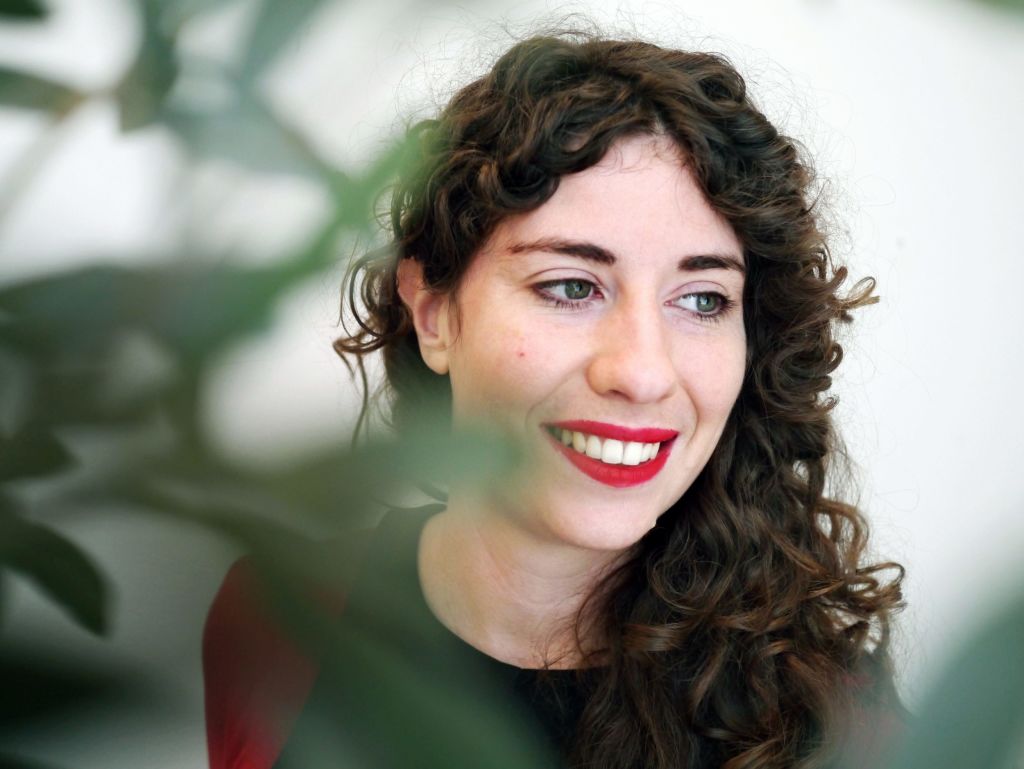
As for grey, it will still be used in some situations but completely grey environments, which Ms O’Brien says have been popular in Sweden, will fade out.
” I see there is a longing for warmth in general and also a longing for greenery and lush environments but there are always trends and counter trends, so the thing is if people are going for warmer, there will be another cooler colour [to come],” she said.
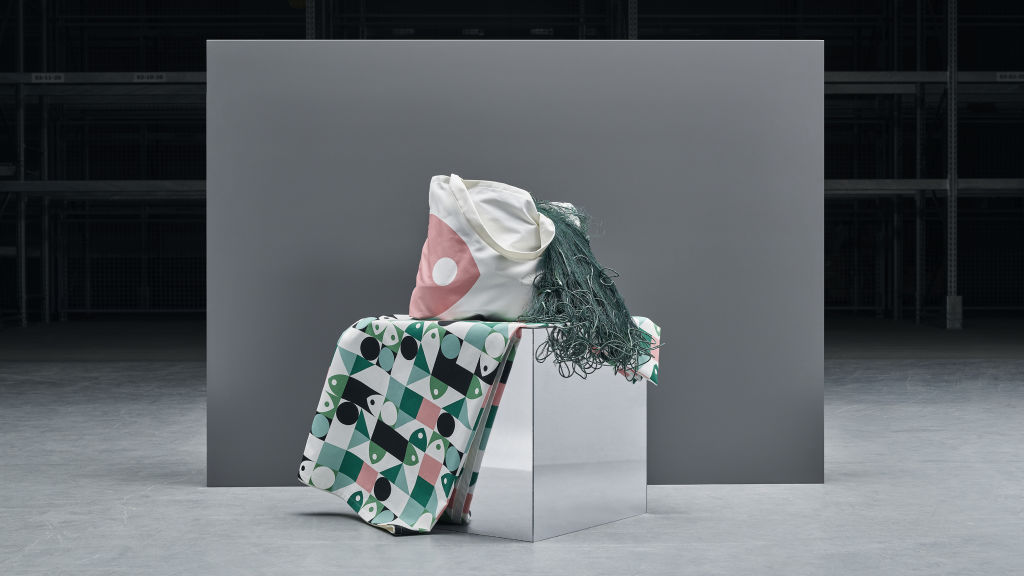
Of the collections she has worked on to date, her favourites are Botanisk – a collection for urban potting and planting due out next year – and her latest project Lokalt, which will involve ceramics, textiles and banana fibres. Both projects have collaborated with social entrepreneurs and designers based in India, Jordan and Thailand.
Shortly after Democratic Design Days, Ms O’Brien will travel to Jordan to meet with Syrian refugees and learn more about their embroidery, which Ikea hopes to work into a modern, quirky collection.
While upscaling such work did not come without its challenges, Ms O’Brian said, it was a wonderful opportunity to have beautiful handmade products alongside mass-produced ranges.
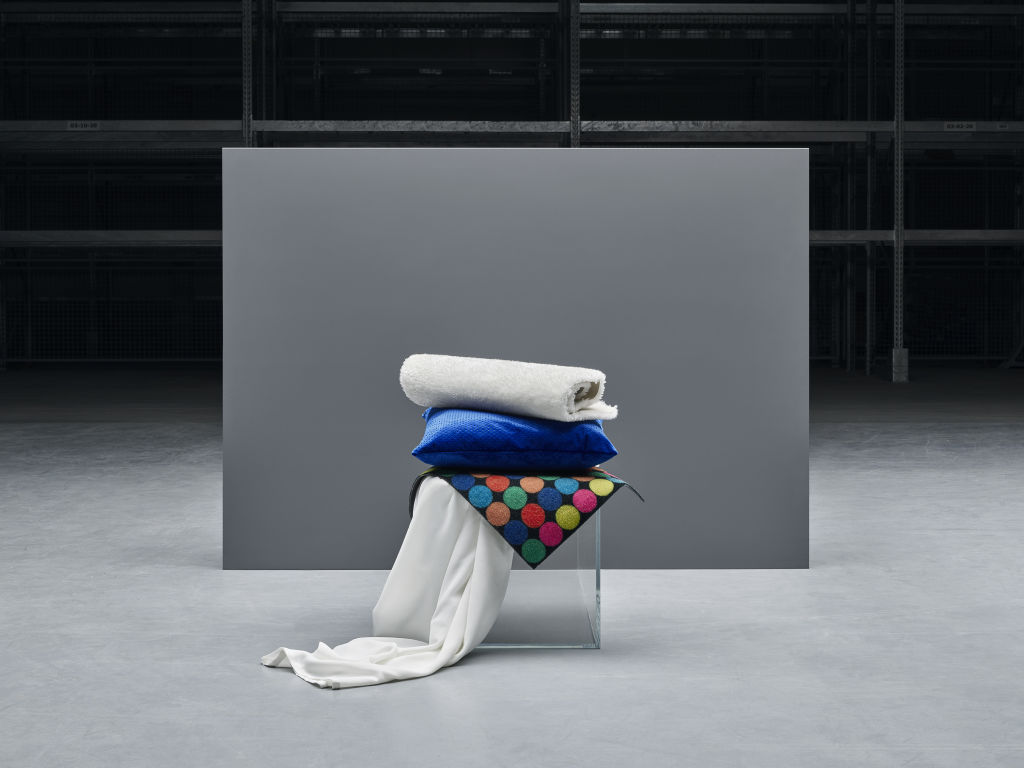
So is Ikea’s aim to become more sustainable, a key focus at this week’s event. The company committed to using only recycled polyester in textile products by 2020, and unveiled collections made from rice straw and recycled plastic – some of which was picked from the Mediterranean Sea – which will be released later this year.
“It will be so exciting to see what design possibilities and opportunities come from material innovation, I think that’s going to be a huge trend going forward too,” Ms O’Brian said.
“We’re constantly trying to push for these more sustainable materials and I’m super proud of these initiatives.”

However improving sustainability will also have an impact on aesthetics. Ms O’Brian noted it can limit colour options – with certain chemicals and dyes blocked by Ikea – and make it harder to use some materials like clear plastic.
“It is going to impact certain aesthetics, it’s really hard to make see-through plastic with recycled material for example, if not impossible, so that’s going to put limitations of the aesthetics of our brand,” she added. “It’s a challenge but I’m also really proud that we’re doing it.”
The reporter travelled to Sweden courtesy of Ikea.
We recommend
We thought you might like
States
Capital Cities
Capital Cities - Rentals
Popular Areas
Allhomes
More
